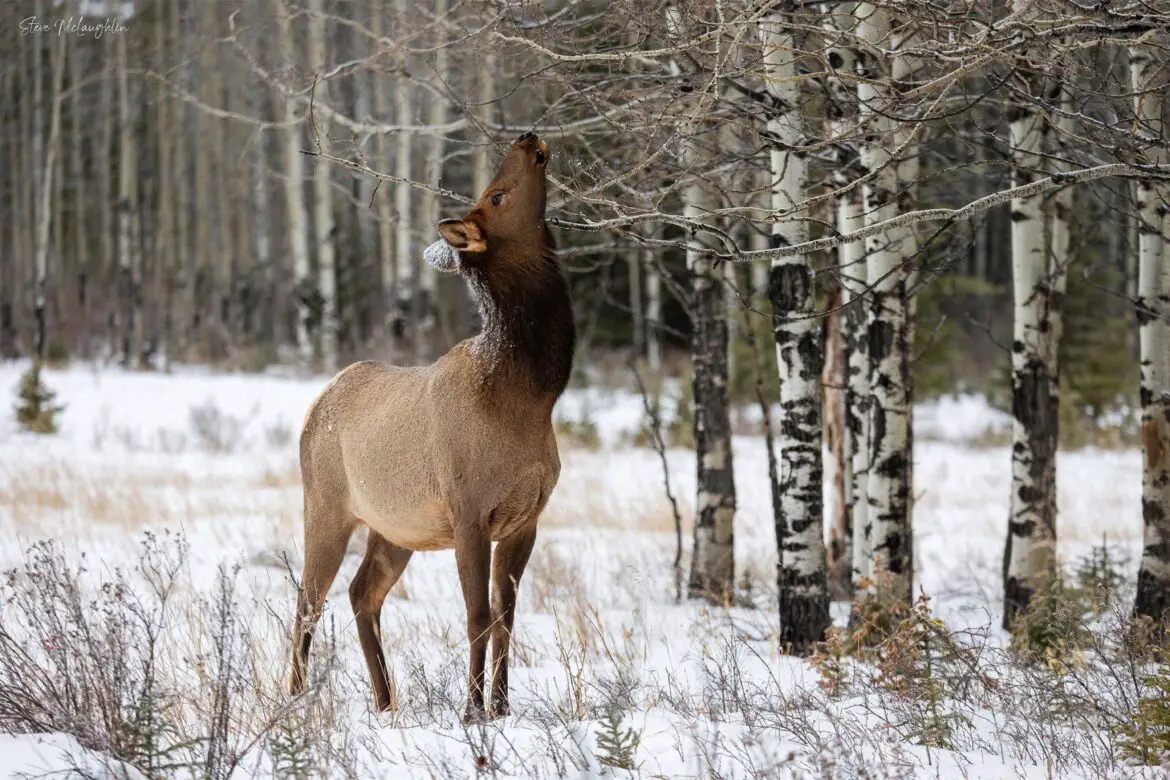You perch silently on a low hill, your eyes trained on the vast expanse of wilderness. Watching for any sign of life or movement. Hours pass, the chill seeping into your bones, the light changing from harsh midday glare to the softer hues of dusk.
Just as you question your life choices, finally there it is—a grey wolf with the furs of its coat ablaze in the setting sun. You have minutes to capture this rare sight (in focus!) before you lose the last of the day’s natural lighting.
Just a regular day in the life of the wildlife photographer: a blend of endurance, patience, skill, and sheer luck.
Wildlife photography is arguably one of the most challenging forms of photography, fraught with physical demands, unpredictable subjects, and rough environmental conditions. It’s one field where the rules are set by nature – not the photographer.
So why do photographers venture out into the wild with their heavy gear in tow? Because as challenging as wildlife photography is, it’s also incredibly rewarding!
A well-captured image can reveal hidden facets of the natural world, contribute to important conservation efforts, and satisfy a deep personal craving for connection with the wild.
Table of Contents
The Challenges of Wildlife Photography
Unpredictable Subjects
One of the most exciting yet challenging aspects of wildlife photography is the unpredictability of the subjects. Unlike human models, animals follow their instincts and do not pose on cue.
Capturing a perfect shot requires immense patience, as a photographer might wait for hours or even days for the perfect moment.
Predicting animal behavior is an art in itself and requires a deep understanding of the species you’re photographing. As is waiting for the animal to step into the perfect lighting.
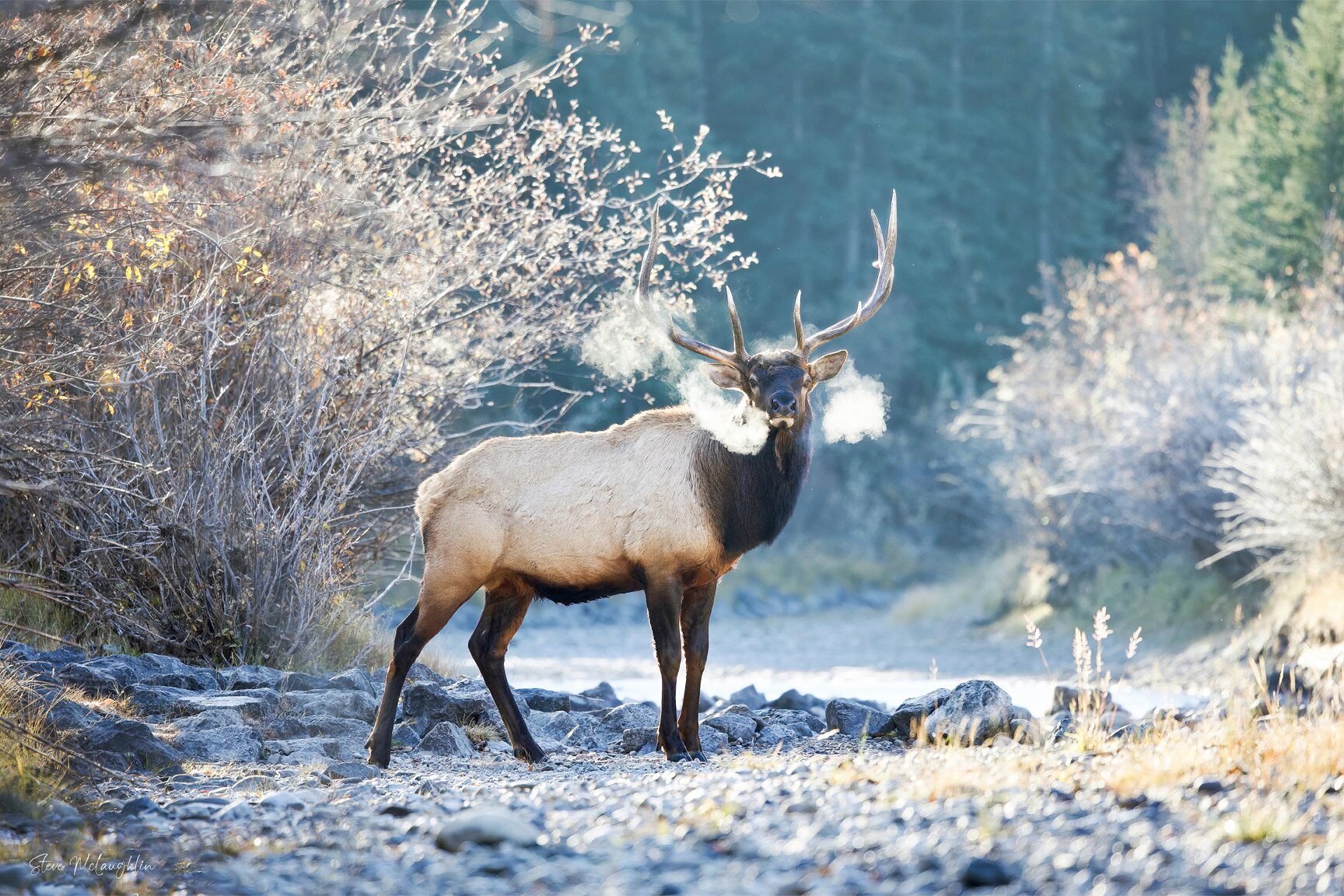
Ethical Considerations
A polar opposite to portrait photography where your goal is to pose and direct, the goal of wildlife photography is to disturb your subject as little as possible and to get the most natural shots.
Responsible wildlife photographers are committed to preserving the natural behavior and habitats of the animals they photograph. This means minimizing disturbances and adhering to guidelines designed to protect wildlife.
It’s a challenge to balance your desire to get a close-up shot with the need to respect the animal’s space. The use of drones, calls, artificial lighting, or bait can also raise ethical questions.
Wildlife photographers have to rely on their own positioning, patience, and the whims of nature to get the best composed, well timed and most interesting shots.
Hazardous Conditions
Wildlife photography takes place in challenging environments. Photographers may find themselves in extreme weather conditions, fighting to keep both themselves and their camera batteries warm.
In the heat, they battle mosquitoes. (Possibly the number 1 contributor to camera shake and blurry photos. 😉)
Just to add to the challenge, the times when animals are most active and lighting is the prettiest – ie., dawn and dusk – can demand long and unusual hours. Like getting up at sunrise, and getting home to bed late.
Wildlife photographers also have to navigate difficult terrains in sometimes remote locations. While you can get lucky and catch a glimpse of many animals from the road, often the best and most natural spots require some hiking.
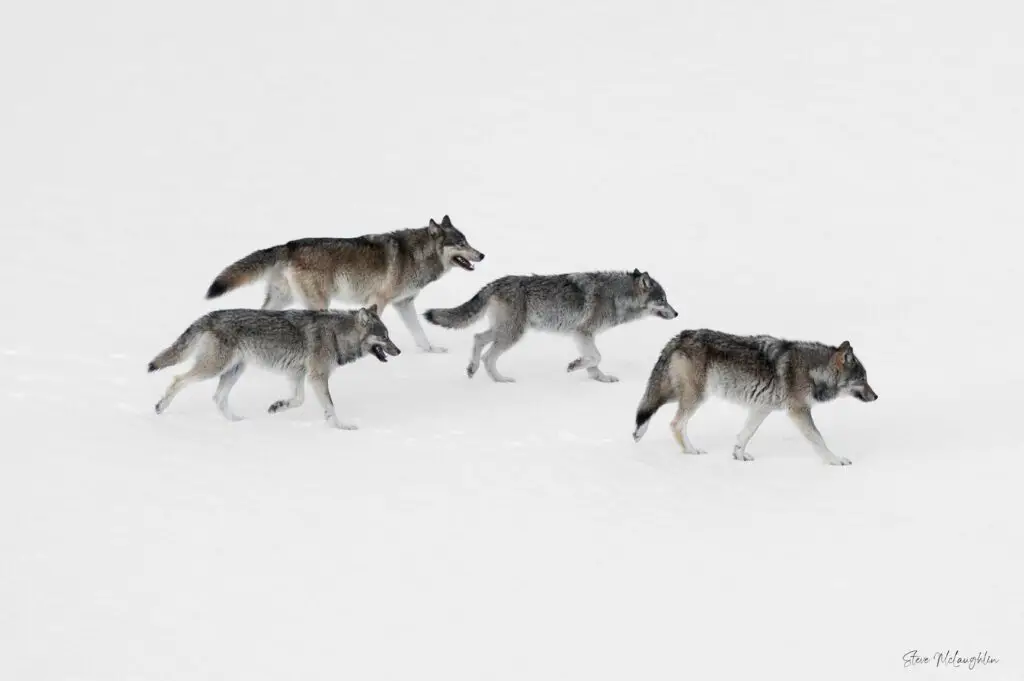
Some days were so cold I had to rotate multiple camera batteries, with one in my pocket to keep it warm.
Pushing your Equipment to the Max
Wildlife photography really demands the most out of our camera gear, more so than any other photography genre. (Except maybe sports.) It requires high-quality equipment capable of capturing sharp, highly detailed images from a far distance.
But you also need to know the settings of your equipment inside and out to really nail your shots. From understanding your different focus modes, to shooting in bursts, to exposing the images properly and without motion blur.
Wildlife photography is one of few genres that actually demands the best low light performance, autofocus accuracy, and speed that you can get from your camera.
Physical Demands
The nature of wildlife photography often demands physical stamina. Carrying heavy equipment across long distances, staying motionless for extended periods, or hiking into hard-to-reach locations are common.
Wildlife photography also involves dealing with discomforts like bugs, mud, snow and inclement weather that can change on a dime.
Despite these challenges, the physical demands of wildlife photography are part of what makes it so rewarding – if you have a love for nature and a sense of adventure!
The Cost of Gear
Nobody ever said wildlife photography was a cheap hobby or career! Not only are fast and reliable cameras a must, but the cost of lenses can add up too.
Telephoto lenses are some of the most expensive in any manufacturer’s range, but they’re hard to avoid when you really get serious about wildlife photography. Getting up too close and personal with predators like bears and wolves is simply not a safe option.
Unless you’re content just to photograph squirrels in your back yard, having that extra reach can be the difference between getting the shot or not. Add onto that the cost of a tripod, editing computer and software – not to mention file storage!
The Rewards of Wildlife Photography
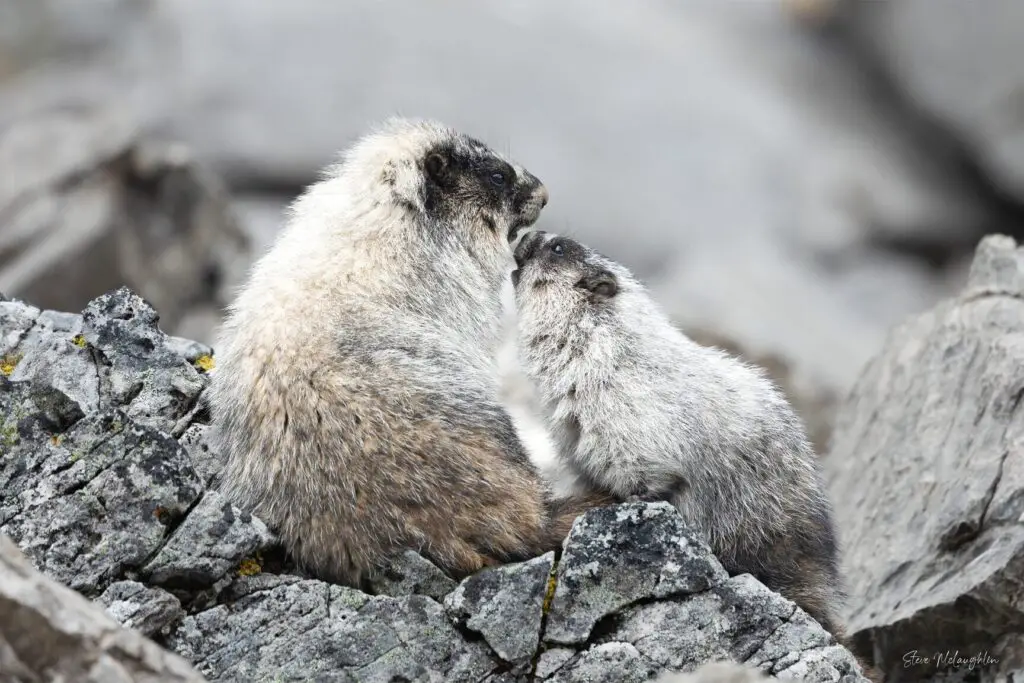
“Mom and Baby Marmots” from Banff wildlife photographer Steve McLaughlin.
Connection with Nature
Wildlife photography offers a unique and profound connection with the natural world. It enables photographers – and viewers – to witness the beauty, complexity, and fragility of ecosystems.
As you immerse yourself in the habitats and behaviors of your wild subjects, you’ll gain a newfound appreciation for the intricate dance of life that unfolds in nature’s theater.
This deep immersion often leads to a greater understanding and respect for nature. It can inspire a lifelong commitment to its preservation.
And the power of wildlife photography extends far beyond the photographer’s own experience. Your images have the potential to transport viewers into the heart of these natural landscapes, connecting them with the beauty, drama, and intricate relationships that exist in the wild.
Through your lens, people who may never have the opportunity to venture into these remote habitats can still experience the awe-inspiring majesty of nature and the incredible diversity of life on our planet.
Rare Encounters
Few experiences can compare to the thrill of witnessing rare animal behaviors or encountering elusive species. Whether it’s observing the intricate courtship dance of a bird species or the tender moments between a marmot and her young, these rare encounters are truly rewarding. They provide insights into the secret lives of animals that few people get to see.
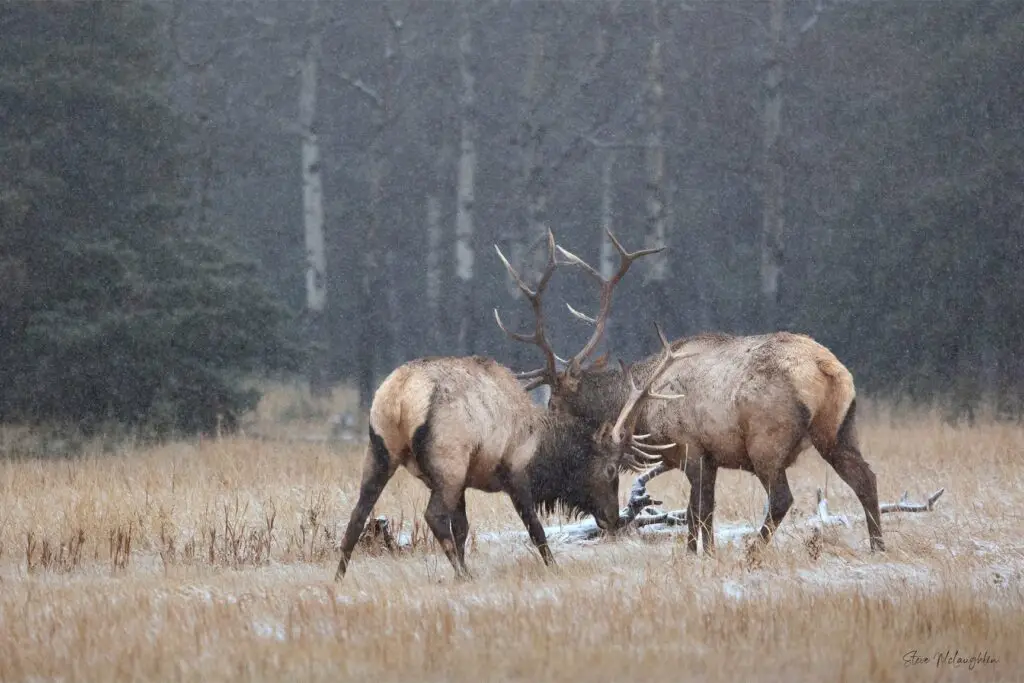
“Battling Elk” from nature photographer Steve McLaughlin.
Conservation Impact
Wildlife photographers play a significant role in raising awareness about environmental and conservation issues. Through their images, they can highlight the beauty of species and habitats, and also bring attention to threats faced by them.
Powerful wildlife images have the ability to captivate audiences and convey the beauty, vulnerability, and significance of various species in a way that words alone cannot.
Through your lens, photographers can bring distant, remote, or hidden ecosystems into the public eye, making the plight of endangered species tangible and relatable to the average person.
Wildlife photography plays a vital role in conservation efforts by raising awareness, fostering appreciation, and generating support for protecting endangered species and their habitats.
This ability to impact public opinion and inspire people to value and protect nature is a significant reward of wildlife photography.
Sharing the Unseen
One of the most rewarding aspects of wildlife photography is the ability to share seldom-seen moments of the natural world with a broader audience.
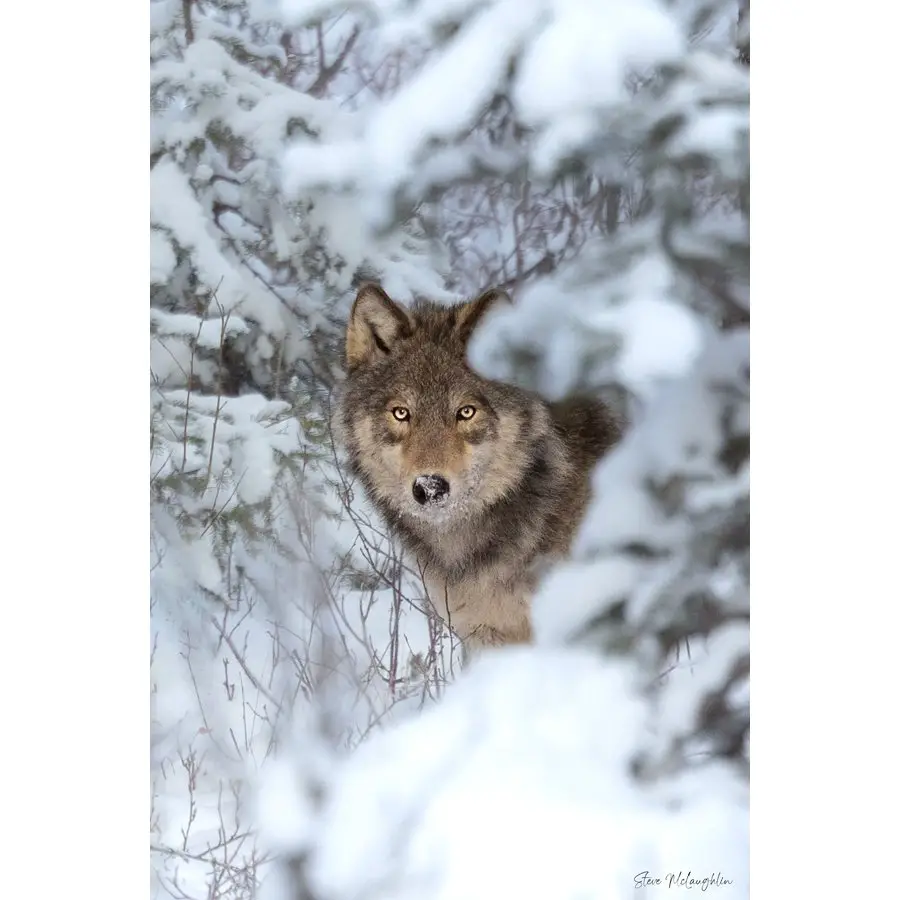
“Wolf After Snowstorm“
The pursuit of these rewards drives wildlife photographers to endure the physical demands, brave the elements, and continuously hone their craft. The resulting images can capture moments of extraordinary natural beauty and animal behavior that can inspire awe, curiosity, and a deeper respect for the wild world around us.
Conclusion
Wildlife photography stands out as one of the most demanding yet fulfilling genres. It demands technical expertise, patience, resilience, and a deep respect for nature and its inhabitants. It involves weathering physical challenges, grappling with unpredictable elements, and maintaining ethical boundaries.
But the rewards far outweigh the trials! The deep connection to nature, witnessing rare and incredible moments, contributing to conservation efforts, and personal satisfaction and growth are all enriching aspects of this adventure.
Whether you’re a seasoned wildlife photographer or a novice just starting out, drop your wildlife photography stories in the comments below!
